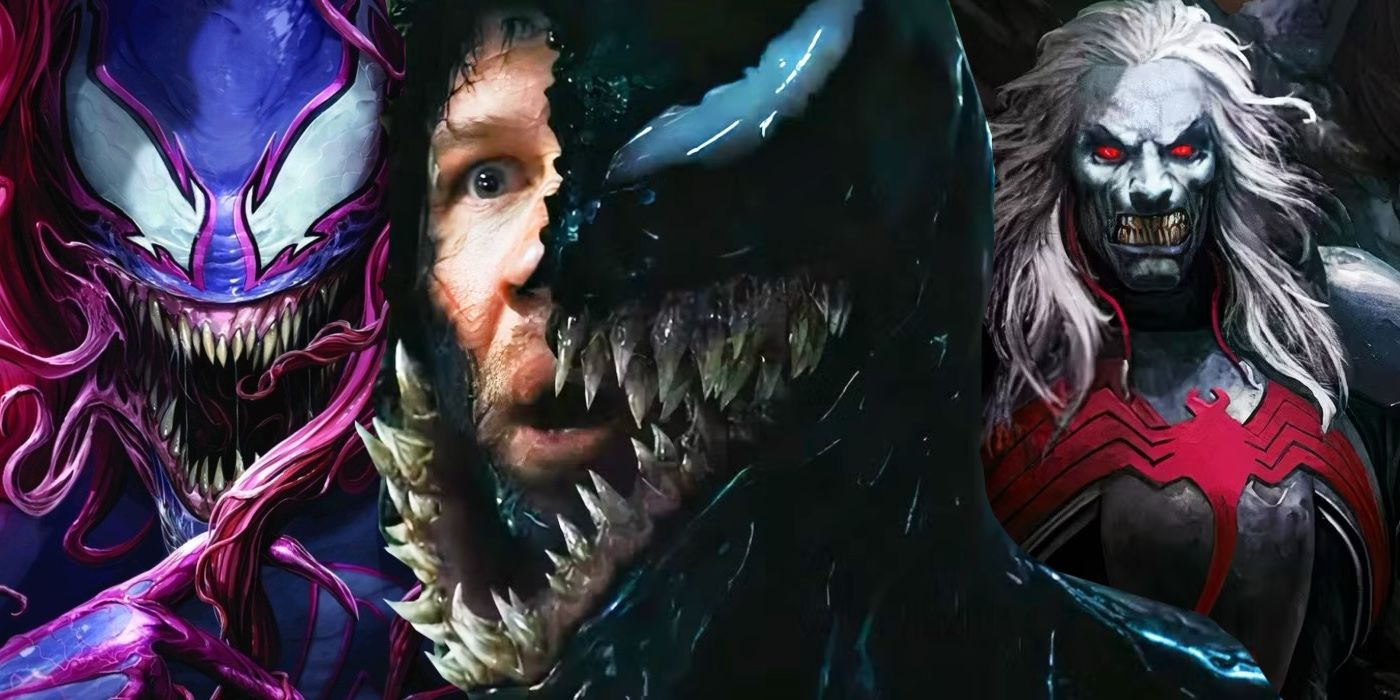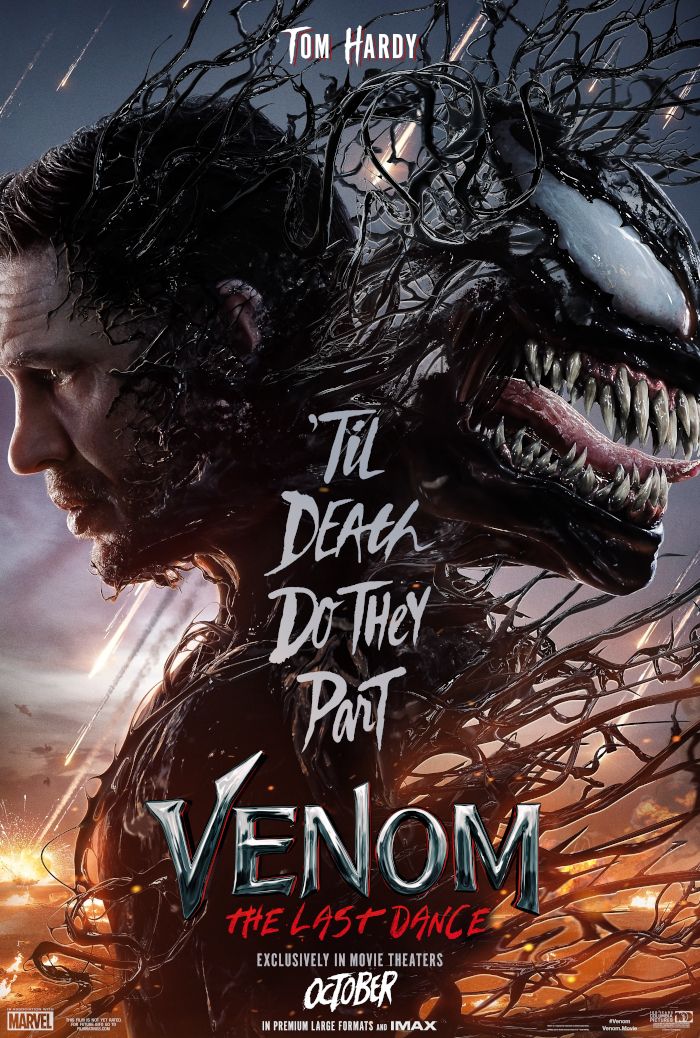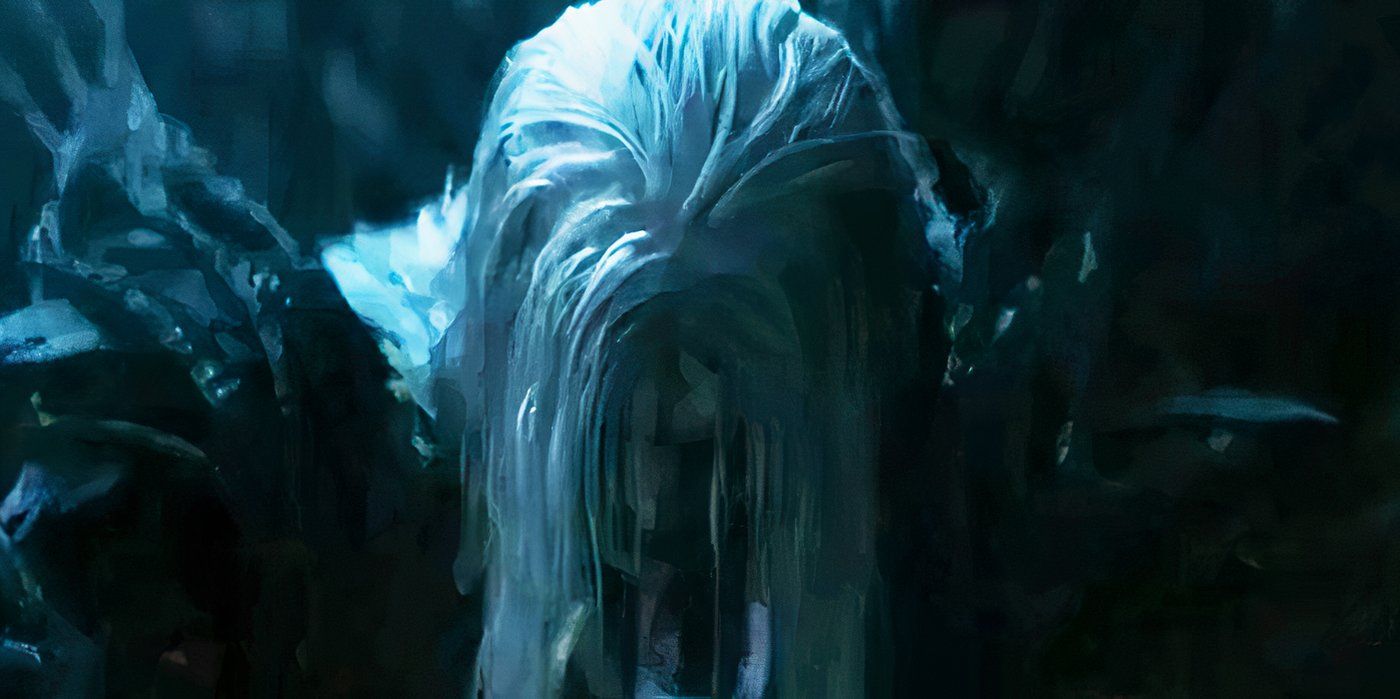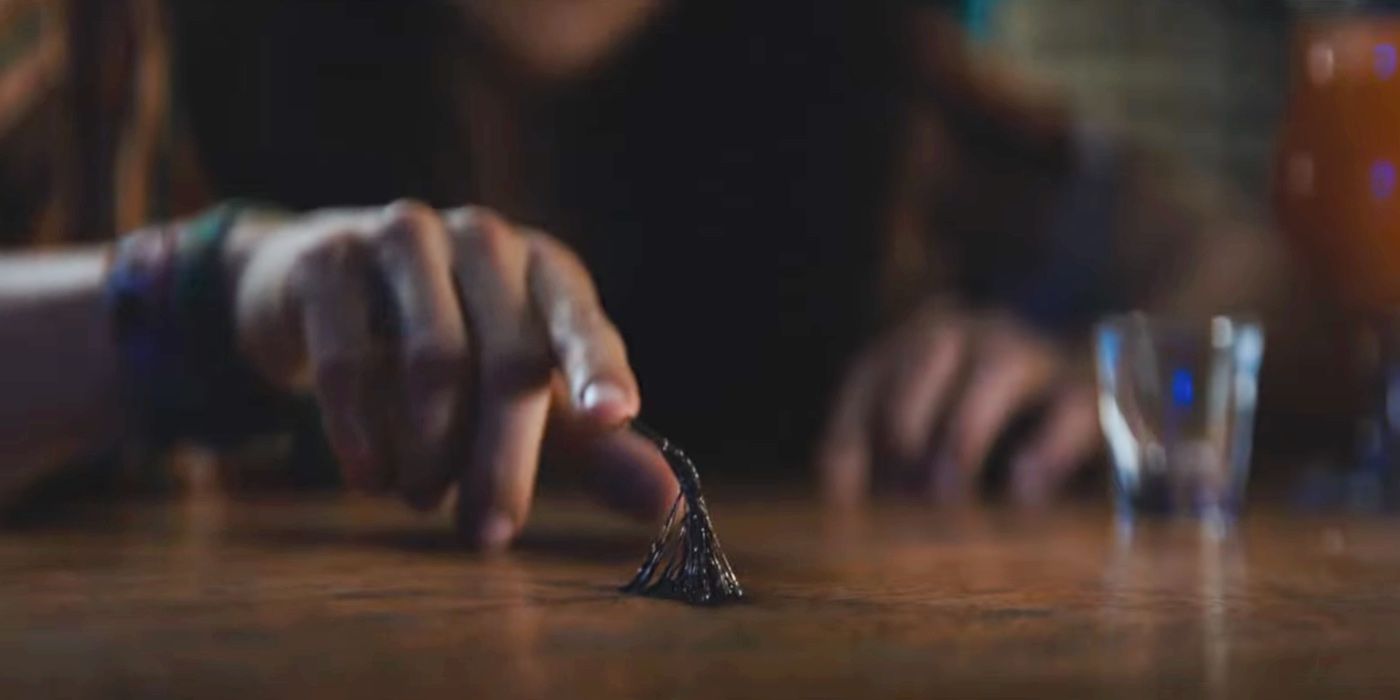Warning: This article contains spoilers for Venom: The Last Dance.
Venom: The Last Dance brings the concept of a codex and how it relates to symbiotes into the Marvel movie limelight. Over the years, Marvel comics have created an extensive amount of history for both Venom and the symbiotes more broadly speaking, expanding the concept of a symbiote into a vast galactic story with colossal implications for the multiverse. One of the most colossal implications of this lore is that of Marvel’s villain Knull, the symbiote’s creator and a major threat to all life in existence.
As such, Venom: The Last Dance‘s cast bringing Knull onto the big screen for the first time is a major deal. It also makes the lore regarding how the powerful antagonist is being kept contained very crucial – as freeing him would definitely put the Sony Spider-Man Universe in grave danger, and this threat could well expand to the MCU timeline as well, depending on how the story is handled. With the Venom: The Last Dance ending making Knull’s future a fascinating concept, the codex he wishes to use to free himself in the movie also remains a crucial plot point.
What The Codex In Venom 3 Is Explained
The Codex Is The Focal Point Of Venom: The Last Stand’s Plot
As the opening of Venom: The Last Dance addresses, the codex is a key to Knull’s prison of Klyntar, and is formed when a symbiote saves the life of its host and their life forces merge subsequently. Knull’s dialogue suggests there is only currently one codex in the universe – namely, the one created by Venom saving Eddie Brock’s life after he was fatally stabbed by Riot in the original Venom movie, meaning Knull’s Xenophages are hunting down the duo throughout the third film’s story.
In Venom: The Last Dance, the codex is only visible to the Xenophages when Venom is in his full symbiote form, meaning they’re unable to see it when Eddie is in regular civilian form – even when Venom is using tendrils to assist his human counterpart, or has his face emerge from Eddie’s body. This adds a further layer of complication to the pair’s plight, as while the aliens stop targeting them when Venom isn’t in his full form, the fact they aren’t the only things hunting the heroes means it’s hard to not rely on Venom’s entire power roster.
More information about the codex appears to be teased in the scene that shows the cave painting-like “Neureka” art of what appears to be a human bonding with a symbiote, which Eddie’s alien-obsessed friend Martin shows him, telling him “there’s a doorway in our minds that usually remains hidden and secret until the time of death“. While Martin doesn’t know it, this may well also be a helpful detail regarding what the codex is, as it aligns with the creation of the codex, and suggests unlocking these “doorways” as the host and symbiote merge may be what makes the codex.
Venom 3’s Codex Marvel Comics Changes Explained
Venom: The Last Stand Made Some Notable Changes
Venom: The Last Dance changes the concept of a codex considerably from Marvel comics. In the comics, the term is used to refer to a fragment of the symbiote that remains in those they’ve bonded to – as well as the information that’s recorded of this host by the symbiote, who retains elements of the host’s personality, memories, and genetic information after they’ve bonded.
This works on a broad level, wherein the symbiote hivemind is able to learn information about different species this way, but also on a personal level, with the personalities of hosts having an often permanent impact on both the individual symbiote they’ve bonded to, and the broader species via their hivemind. The differing types of bond between symbiote and host make this all the more interesting, as while many bonds are simply a matter of practicality, several symbiotes form profound attachments to their hosts that change the story of both symbiote and host forever.
While this is essential lore for many fascinating parts of Marvel’s overall symbiote story, it makes sense that this wasn’t adapted wholesale into Venom: The Last Dance, as it’s a complicated aspect of the comics. In order to explain this version of the concept fully, the movie would’ve arguably had to derail itself – and given the Venom movie series aims to not take itself too seriously largely speaking, it was perhaps inevitable that the film would alter what the codex is in order to prevent alienating audiences with intricate details of symbiote comic lore.
Why Knull Needs The Codex
Knull Needing The Codex Appears To Be Linked To How He Was Initially Trapped
In the comics, Knull is trapped inside Klyntar by the symbiotes who had bonded to hosts whose benevolent outlook on the world taught them the evil of their creator. Unable to kill a creature with such an immense magnitude of power, they settle for locking him away, protecting the universe from him as best they could until he eventually breaks free. Venom: The Last Dance appears to suggest it has adapted this aspect of the lore to explain why its version of the codex is needed to free Knull, especially since the symbiotes are said to be fleeing from Klyntar.

Related
24 Venom: The Last Dance Easter Eggs & Marvel References Explained
Venom: The Last Dance features all kinds of Easter eggs and Marvel references amid all the crazy symbiote mayhem and Knull the Symbiote God.
It stands to reason that, if the codex is formed by a symbiote saving the life of a host and merging life forces, then it’s able to free Knull because it replicates the bonds of the Klyntar that decided to trap him there beforehand, whose connection was strong enough to turn the symbiotes against their creator. As such, the codex formed by this bond is able to act as a “key” of sorts, or counteract the original procedure done to lock him in his prison in the first place.
Venom 3 Has A Codex Plot Hole
Venom: The Last Dance Leaves A Mystery About Its Story & The Codex
Venom: The Last Dance appears to conclude with two traces of Venom still left alive in the overarching Marvel movie multiverse. One piece is left in the main MCU world in Spider-Man: No Way Home, and the other is the Venom fragment the symbiote initially separates from when leaving a coin as payment for the bartender who is serving them in the Sony Spider-Man Universe – which seemingly lives on as the symbiote that has possessed a cockroach, as is shown in the second of the Venom: The Last Dance post-credits scenes.
As such, it’s not entirely clear why the codex ceases to exist if fragments of Venom are still alive, as he’s not entirely dead. While this could be explained by the fact that the “main” Venom symbiote as audiences have known it is dead – with Rex Strickland stating the traces of symbiote left at the bar are “viral shedding“, a real-life medical term that could in this context be taken to mean this symbiote fragment isn’t exactly the same – it’s not explictly addressed in Venom: The Last Dance, though it leaves hope that Venom’s story may be followed up on.

Venom 3 is the third and final installment in Sony’s symbiote trilogy starring Tom Hardy as Eddie Brock. It follows the events of Let There Be Carnage, where the anti-hero fought serial killer Cletus Kasady, and Spider-Man: No Way Home, where Brock was briefly transported to the MCU through the multiverse.
Sony’s Upcoming Marvel Movie Release Dates

